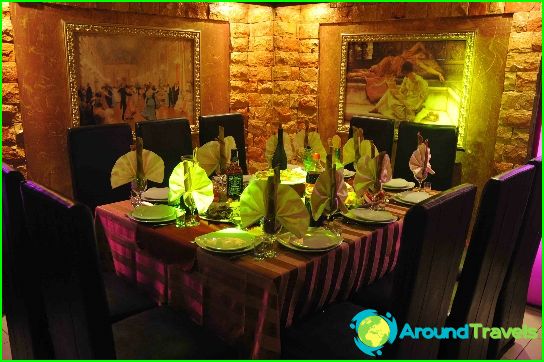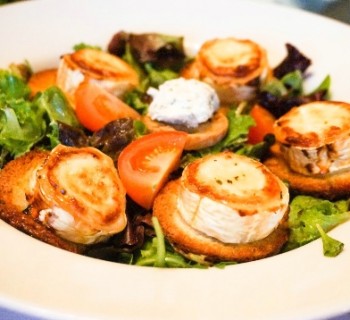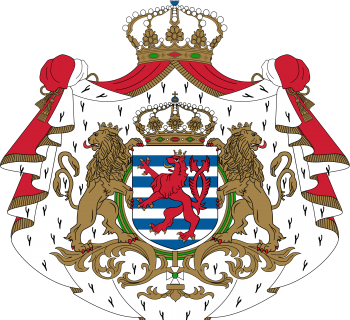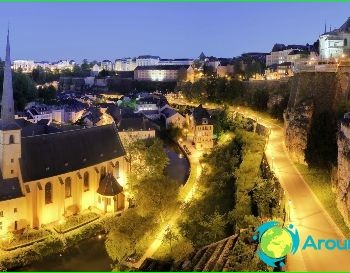Coat of arms of the city of Luxembourg

A small European state, which has the same name of the country and the capital, cannot afford to have many official symbols. That is why the coat of arms of Luxembourg, the city, is part of the main official symbol of the Grand Duchy..
Description of the heraldic symbol
On the one hand, the coat of arms of the city of Luxembourg is laconic, with a modest palette, simple composition and one main element. On the other hand, the use of blue, silver and scarlet colors speaks of its ancient origin..
In addition, the central figure of the main symbol of the city is a forked-tailed lion standing on its hind legs. It is one of the oldest heraldic elements in the world. Moreover, it is important to note that the formidable animal has never lived in the territories of modern Europe, but is actively used by many states of this part of the world..
Despite the simple compositional structure, each element contains deep symbolism, for example, the image of a formidable predator symbolizes:
- the power and strength of royalty;
- the readiness of residents to defend their borders;
- qualities of real warriors - courage, courage, courage.
The headdress crowning the lion's head has the same symbolic meaning, recalling the inviolability of royal power and the ducal dynasty.
History and modernity
Illustrations, artwork, photos of the coat of arms of Luxembourg can be found in various sources. The earliest information about him dates back to the XIII century. Valerand III of Limburg (c. 1175 - 1226), Count of Luxembourg, Duke of Limburg and, «at the same time» Earl of Arlona, used the image of a lion as a family coat of arms.
The introduction of a new heraldic symbol was required by Valerand III to confirm the rights to Namur. The new coat of arms of the duke was a snow-white shield with the image of a formidable predator, crowned with a ducal crown.
The scarlet color popular in heraldry was chosen for the depiction of the animal; the golden color was chosen to draw the details of the figure, in particular, the tongue, claws, protruding tongue of the animal and the crown. The formidable predator was depicted turned to the right, standing on its hind legs, with a bared mouth. Another feature - he had a pronounced bifurcation at the end of the tail..
The modern coat of arms of the main city of the Duchy of Luxembourg differs from the old images. Firstly, changes have been made to the image itself, the bifurcation of the tail has become less noticeable. Secondly, of the gold details, only the ducal crown remained, the rest changed color to scarlet. Thirdly, silver and azure stripes appeared on the shield.


